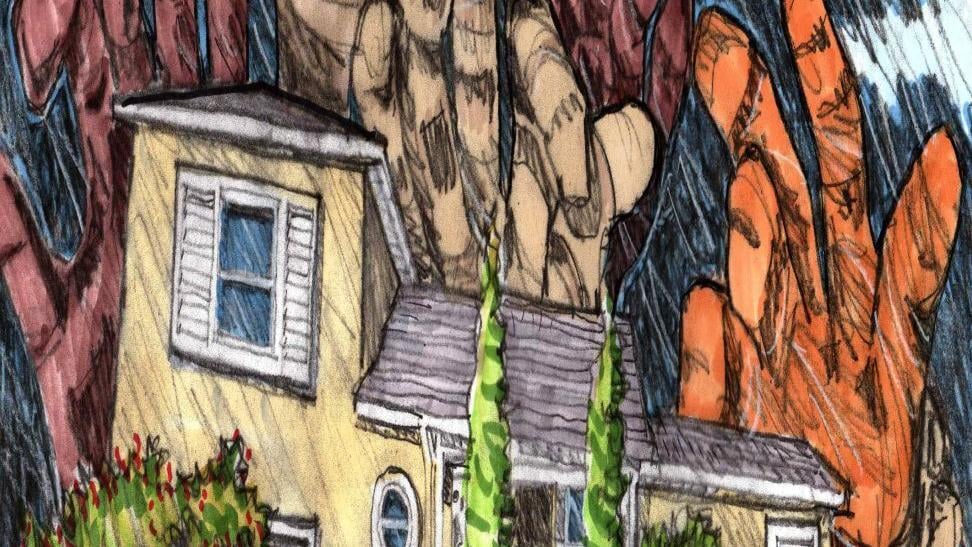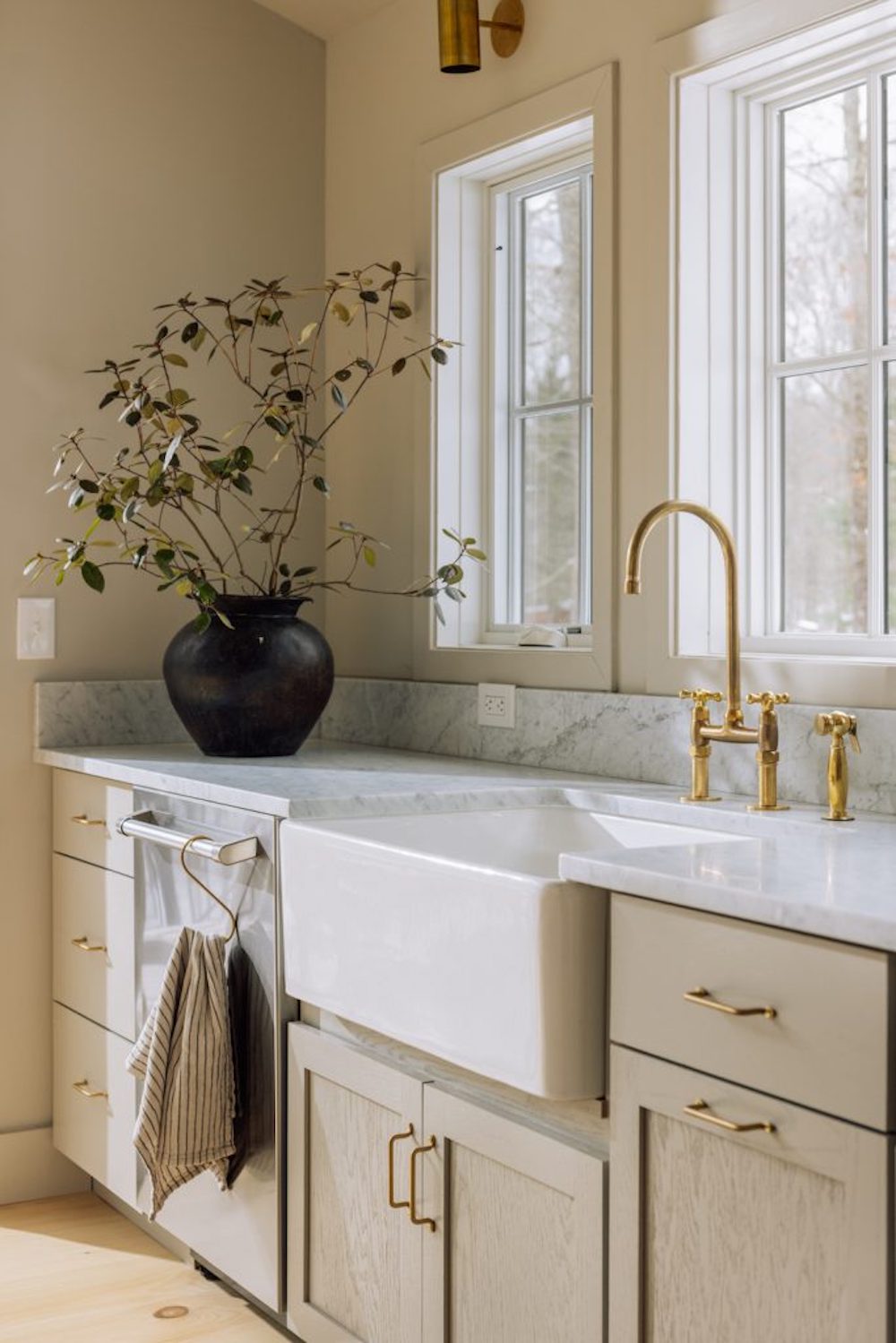Chris Craiker, The Architex Angle: Making sense of passive home design | Home and Garden


“Keeping your house energy-efficient requires all hand on board,” writes architect Chris Craiker.

Passive design’s goal is to maintain comfortable living temperature in our homes and workplaces that reduce, if not eliminate, the need for auxiliary heating or cooling, which typically accounts for up to 40% of our energy uses.
One of the newest environmental hot buttons is passive home design. Actually, it’s nothing new. Architect’s designs today hearken back to ancient times when our ancestors paid attention to their environment, chose caves facing south, overhangs on the west, with heavy exterior ramparts and internal temperature moderation.
The late 1800s brought us numerous engineering feats that would minimize the need for passive energy conservation design. We have today a resurgence of “passive design” features. What’s old is new again, just like furniture and architecture. While ancient in application, it takes on new meaning in our climate-energy mitigation.
Support local news coverage and the people who report it by subscribing to the Napa Valley Register. Special offer: 1 year for $26
The objective of passive design is to maintain a comfortable living temperature in our homes and workplaces that reduce, if not eliminate, the need for auxiliary heating or cooling, which typically accounts for up to 40% of our energy uses. California is less disposed to wide temperature fluctuations, but nonetheless, it is a big energy hog.
In the simplest terms, passive design is: 1) proper solar orientation, 2) robust exterior envelope, and 3) minimized energy consumption. Today this applies to all new home construction, where it’s easier to install from the beginning, but it can also apply to existing homes, 60 to 100 years old, and even multifamily apartments.
There are some who would like to codify “Passive Design”, like LEED, which was popularized in the 2000s. While still applicable to commercial, LEED has fallen from grace by creating punch lists of sometimes elusive objectives that simply don’t work for everybody. Like America’s diverse population, every home and apartment is different. So, the best path is to look at all your options, choose the best for you and maintain the course.



:max_bytes(150000):strip_icc()/GettyImages-750507801-7da3d6714d0940ddb340c45e1aed6ff1.jpg)

